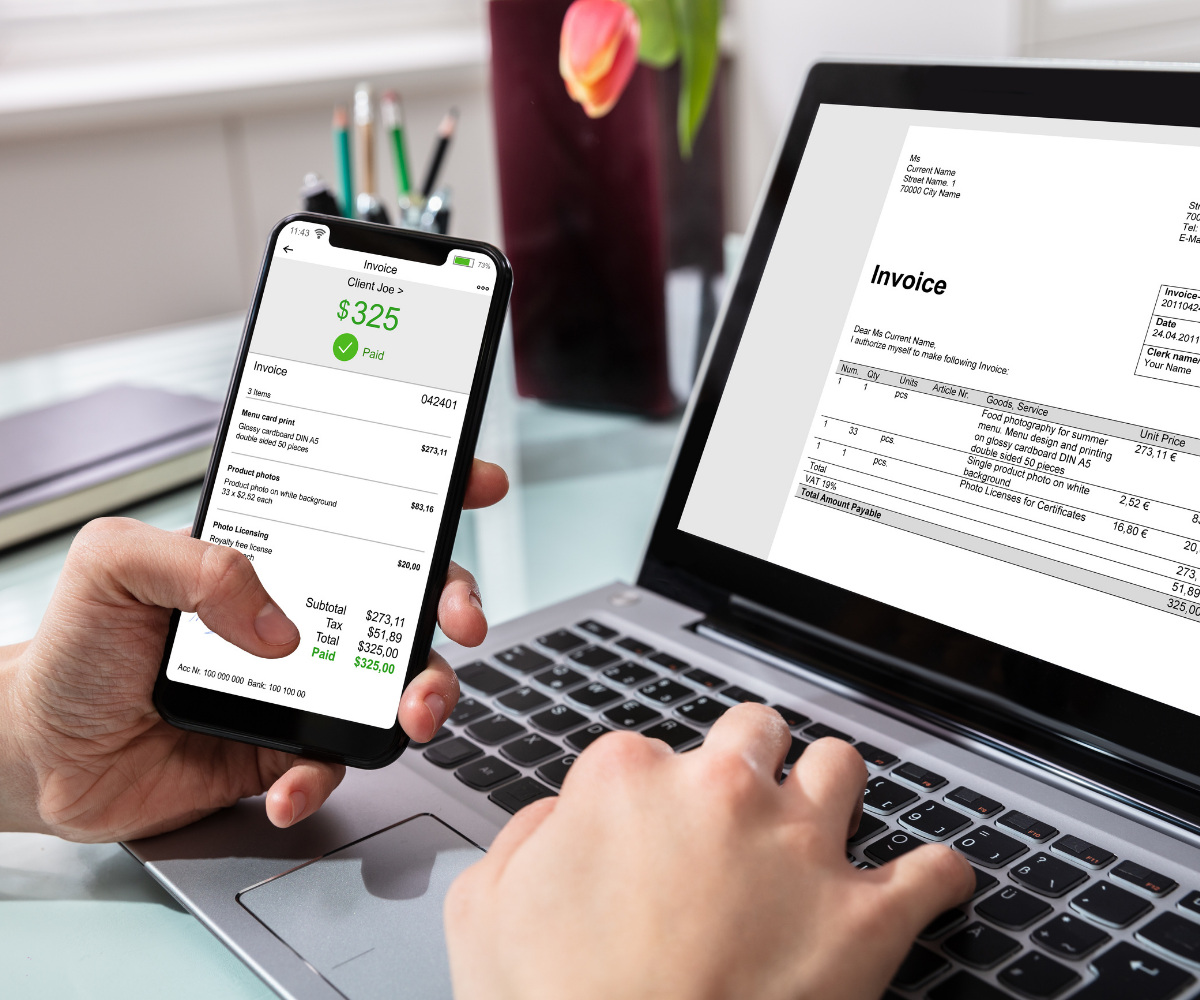How to Write an Invoice: Because Getting Paid Isn’t Optional

Knowing how to write an invoice correctly can make or break your cash flow. For small business owners, especially those in HVAC, plumbing, or cleaning services, mastering this skill means faster payments, fewer disputes, and more financial control.
People often say money isn’t everything. That’s easy to believe when payments arrive on time. But for service providers waiting weeks for clients to pay, money means stability, freedom, and growth.
Here’s the reality: 93% of small business owners experience late payments, and many wait an average of 38 days to get paid (U.S. Chamber of Commerce, 2024; Intuit QuickBooks, 2024).
These delays hurt cash flow, stall operations, and chip away at confidence. Yet the fix often starts with something surprisingly simple, learning how to write an invoice that’s professional, clear, and effective.
The Invoice Isn’t Just Paper. It’s Proof.
An invoice isn’t just a formality. It’s a record of work completed, a statement of value, and a written request for fair payment.
It confirms that you delivered what was promised, that your client accepted the terms, and that payment is now due. It’s both a business tool and a safeguard — a clear way to show what was done, when, and for how much.
Unfortunately, many small business owners treat invoicing as an afterthought. They reuse outdated templates or skip key details, then wonder why payments get delayed.
Professionalism isn’t about being polite; it’s about being clear. A good invoice doesn’t ask softly — it communicates confidently.
If you need a place to start, try the Free Invoice Template Tool or explore our Free Invoice Template Blog for practical examples and formats that actually help you get paid faster.
Why Writing a Clear Invoice Matters
When clients pay late, it’s not just inconvenient — it’s disruptive. Cash flow is the lifeblood of every small business, and delayed payments create unnecessary strain.
Well-written invoices reduce confusion, prevent disputes, and keep your operation running smoothly. They also get results. Best-in-class teams that automate invoicing processes trim about 14 days off processing time, which speeds internal turnaround and helps cash flow.
Learning how to write a professional invoice doesn’t just improve organization, it demonstrates reliability and trustworthiness to your clients. When your invoices look professional, your customers take your business seriously.
The Key Parts of a Strong Invoice
Every effective invoice includes these core elements:
- Your business information: name, address, phone, email, and logo.
- Client details: name, company, and contact information.
- Invoice number and dates: unique ID, issue date, and payment due date.
- Service breakdown: clear descriptions of what was provided — no vague “labor” lines.
- Subtotal, taxes, and total: bold and easy to read.
- Payment terms: due upon receipt, Net 15, or Net 30.
Always send invoices promptly, ideally right after completing the job. The longer you wait, the easier it is for clients to forget.
If you’re still managing invoices manually, check out our post on QuickBooks Integration with BluePro CRM. Automating your billing helps prevent errors and saves time every month.
Make Payments Simple and Secure
Customers are more likely to pay quickly when it’s easy. Offer multiple payment methods: credit/debit cards, ACH transfers, PayPal, Venmo, or digital wallets. The more options, the fewer excuses.
In fact, 91% of companies using automated billing systems report better cash flow and growth (Citrix ShareFile, 2023).
When you send an invoice, include:
- Clear payment instructions and links.
- Bank details for transfers.
- Contact info for billing questions.
- Late fee or early payment terms.
And yes, add a thank-you note. According to Hello Bonsai (2023), invoices with thank-you messages are 5% more likely to be paid on time.
Finally, don’t overlook compliance. Our guide on Payment Processing Compliance explains how secure processing builds trust with customers and protects your reputation.
Follow Up Like a Professional
Sending the invoice is just the start. How you follow up can make the difference between getting paid this week… or next month.
If payment hasn’t arrived by the due date, send a reminder within three days. Then, if needed, follow up weekly until the balance is settled.
Automation can handle most of this for you. According to ChaserHQ (2024), automated invoice reminders save business owners up to 60 hours per month while keeping communication consistent and polite.
Professional follow-ups aren’t about pressure. They’re about accountability and keeping your business relationships transparent and respectful.
Getting Paid Shouldn’t Be a Battle
At the end of the day, invoicing isn’t paperwork, it’s proof of your hard work and professionalism. Clear, accurate invoices protect your time, improve cash flow, and earn respect from your clients.
So write better invoices. Send them faster. Follow up when needed. Use smart tools like templates, automations, and accounting integrations to stay efficient and consistent.
Your work has value. Your time deserves payment. And your business deserves to operate with confidence, not frustration.
When you take invoicing seriously, your clients will too.